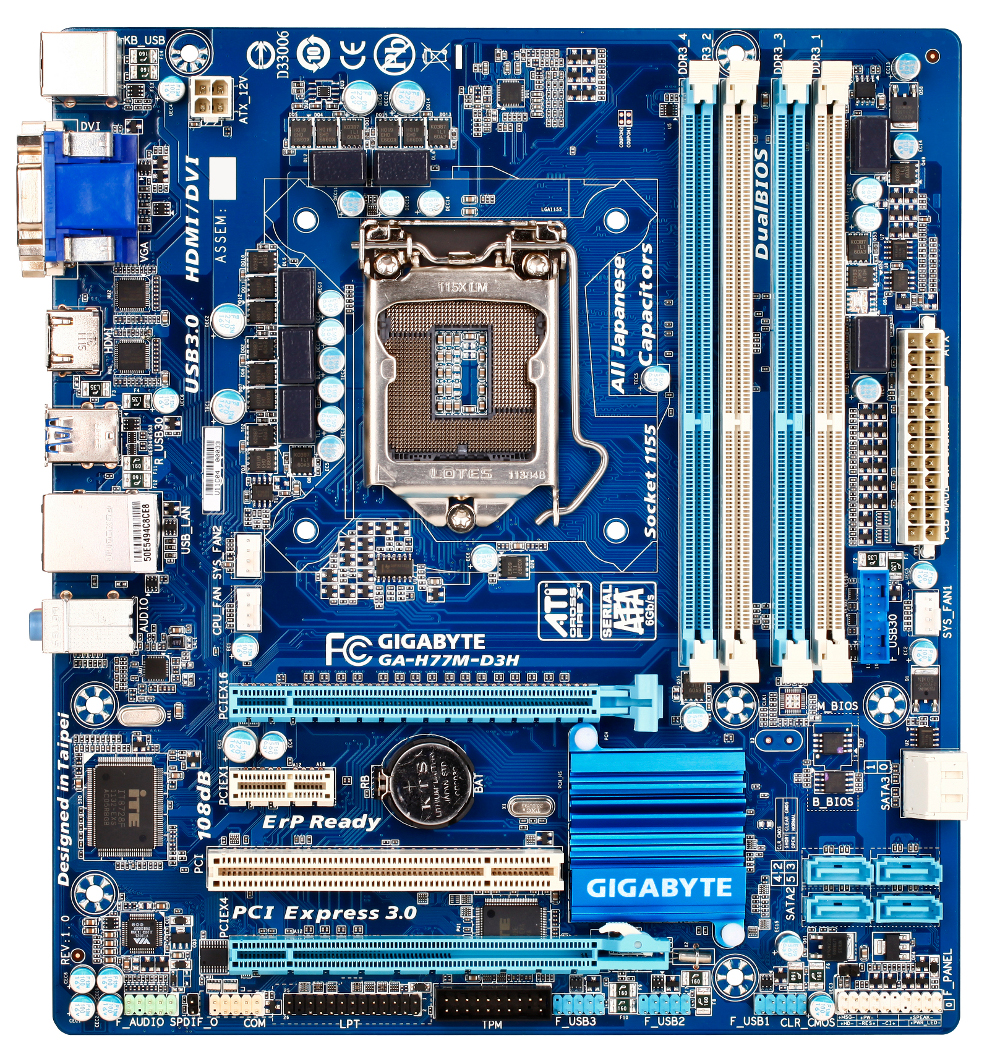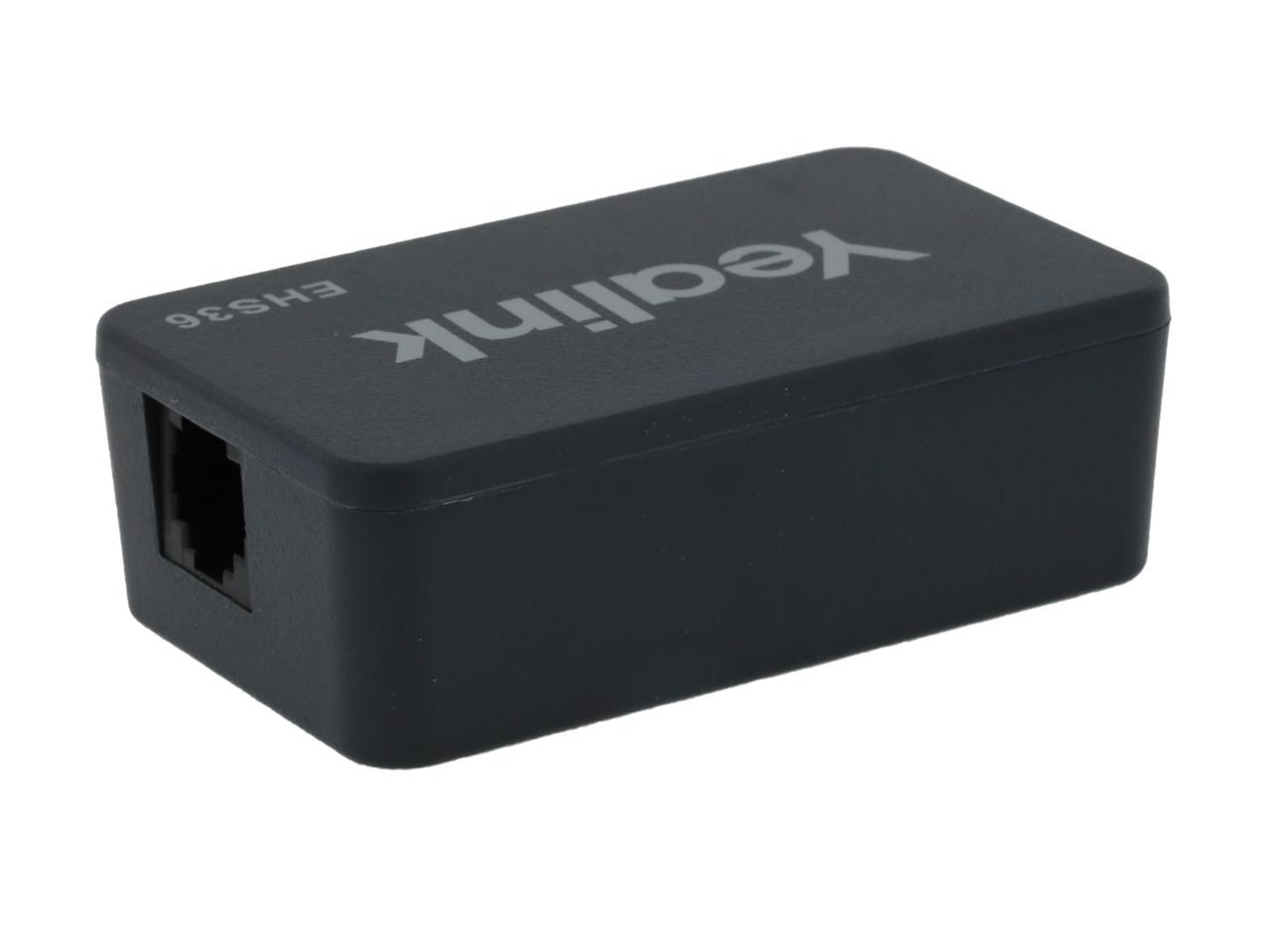


The fact is that there are two options for the development of a client-server interaction scenario. What is an active and passive mode? How are they associated with ports The IP service type of the data connection should be "maximum bandwidth" because that connection is used for file transfers. Transfer data can occur between the data transfer processes of a DTP server and a DTP and a client, or between a DTPS of two servers. Opens every time a file is transferred between the client and the server and closes every time after the data has been sent. The IP service type for the control connection is set to get the "lowest latency" since commands are usually entered by the user. This connection is used to send commands from the client to the server and to send responses from the server. The control connection exists as long as the client communicates with the server. The client does an active open on TCP port 21 to establish a control connection. The server makes a passive open to a well-known FTP port (21) and waits for a connection request from the client. The control connection is established as a normal client-server connection. One is a control connection the other is a data connection. FTP operationīased on a client-server architecture, by default, FTP uses 2 TCP connections for performing data transfer.
Usb network gate 7 not respond to incoming password#
There is a secure mechanism for accessing the system via password and the name of the user.

There is no point in an extra mechanism of recovery after errors, as FTP uses TCP for data transfer. Whereas while compressing binary files, the null characters are removed. While compressing text files blank spaces are removed. In the compressed mode, since the data is compressed, there are many advantages to increasing the throughput. Main bytes include 16-bit values and 8-bit description subcodes. The file is transferred as a block, and the block has its own 3-byte header. However, in case the file is divided into records EOR and EOF are required. There is no need to specify EOF while closing data. the data is divided into segments by TCP. Stream modeĭata is transmitted as a stream of bytes in the default settings of FTP. Transmission methodįTP transfer mode has 3 modes, namely streaming mode, block mode, and compressed mode. Random access or sequential access can be performed. The page structure file is divided into pages, each page has a page number and a page title. The structure record file is divided into records for text files and is marked with EDR at the end. Non-structured files are byte streams and are usually marked with EOF at the end. File organization and Data structuresīoth structured and nonstructured files can transfer via FTP. This will avoid double conversion from ASCII to EBCDIC and vice versa. As for EBCDIC transfer type, well it is recommended for exchanging files between systems that support EBCDIC. Binary files are programs and other non-text files saved in the format of the application that created them, or in the format of archived or compressed files. These files can be without extension or with a. There are two main types of files used when transferring files using the FTP protocol: ASCIIĪnd binary.

Below we have gathered the main features of the FTP protocol. However, the list of its features covers more than that. The main purpose of the FTP protocol is to provide fast data transfer.


 0 kommentar(er)
0 kommentar(er)
